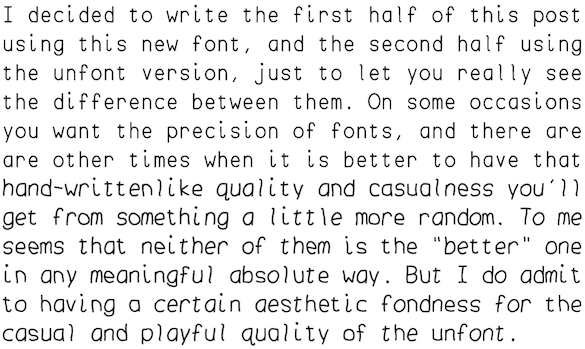Cinéma vérité often uses a shaky hand-held camera to emphasize the fact that one is seeing something being filmed. Of course, audience members are still sitting in their seats, and all this apparent shakiness is taking place within a rock-steady rectangular frame — the screen itself.
You can’t quite do the same thing in virtual reality, because there is no frame. In the content itself, you need to keep the horizon line steady. Once the visual horizon line becomes shaky, people quickly become nauseous, and sometimes they fall over.
Film doesn’t have this problem because the screen border itself creates a physiological horizon line, whatever the on-screen content. Which leads to the question: What other fundamental differences are there in the way we perceive “reality” in a film and in virtual reality?
If we take the frame of the screen as a metaphor, perhaps there are other ways that removing the cinematic frame can alter the experience. For example, what about the flow of time itself?
A filmmaker asks only that you face the screen, offering an implicit promise: As long as you are looking in the proper direction, the film itself will do all the work of directing your attention. Cuts, camera movements, changes of scene, these are all done for you.
But this may not be the case in virtual reality, where there isn’t necessary a “proper” direction. In a sense, our narrative horizon line might not be there. Which means we may need to create that narrative horizon line some other way.
It’s not yet entirely clear how best to do that.


